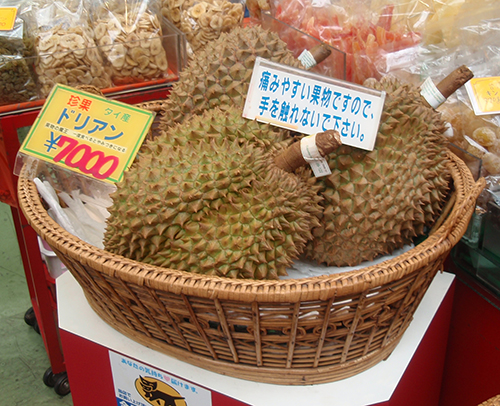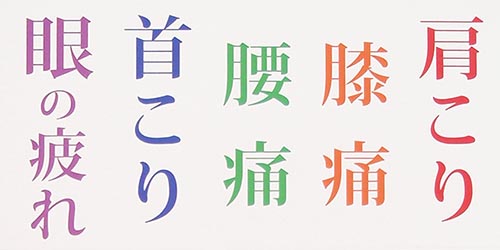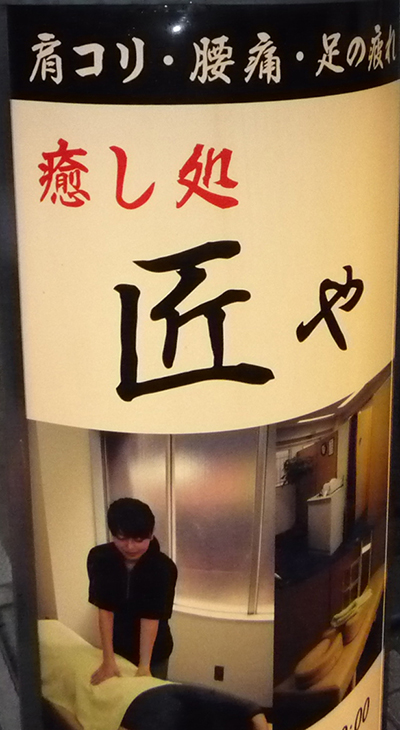104. The "Sickness" Radical: 疒
When you're sick, you ideally take to your bed, which must be why the ancient Chinese devised 疒. This radical represents one of the following things: "a person sick in bed" (according to Kanjigen), "a person resting on a bed" (according to the newer edition of Henshall), or "a bed turned sideways" (according to a YouTube video about skin cancer, which is surely where you should get all your kanji information).
Whatever the "sickness" radical 疒 truly symbolizes, the Japanese usually call it やまいだれ, which means “trailing sickness.” The やまい part matches one Joyo kun-yomi of this kanji:
病 (381: illness)
Some people use simply やまい as the name for 疒, omitting だれ. That's the voiced version of たれ (垂れ: to sag), a term for a radical that encloses the rest of a character by going down the lower left and across the top. Our radical does that in all 15 of the Joyo kanji in which it's on duty. That list includes 病 and these common characters:
痛 (943: pain; thoroughly)
症 (1397: symptom)
疲 (1728: tired)
Incidentally, another radical in the たれ position is 广, which looks a lot like 疒 but is radical 53, the "dotted cliff" radical. Whereas that simpler shape has just three strokes, the "sickness" radical has five.

Photo Credit: Eve Kushner
When people mention the durian, a fruit from southeastern Asia, you inevitably hear stories about its horrific odor. (For instance, guests are not allowed to eat this fruit inside certain hotels.) Furthermore, this prickly fruit could inflict pain, which is what I thought this sign in a Kobe shop was saying. Instead, this is the proper translation:
痛みやすい果物ですので、手を触れないで下さい。
This fruit bruises easily, so please don't touch it.
痛む (いたむ: to be bruised); -やすい (easy); 果物 (くだもの: fruit);
手を触れる (てをふれる: to touch); 下さい (ください: please)
The very first bit of that Japanese is our "sickness" radical! It's part of 痛 (943: pain; thoroughly). Unfortunately, it's technically incorrect to use that kanji here. The right rendering would be 傷む (いたむ: to be bruised; go bad). So the sign is saying that you could easily hurt the fruit (which is extremely soft inside and will rot quickly), not that the fruit could easily hurt you. (If that were the case, it would say 痛い果物.)
The phrase 手を触れる confused me further. It means "to touch with the hand." The を makes it seem as though the hand is the direct object, the thing being touched, so it would make much more sense to me if the を changed to で. My proofreader says that 手で触れる would mean the same thing as the phrase containing を but that people rarely use で in this construction.
Incidentally, the small sign just to the left identifies this as a 珍果 (ちんか : unusual fruit), a product of Thailand (タイ産, read as タイさん), and a ドリアン. Oh, yeah, and the price for this reeking treat is a slightly steep 7,000 yen!

Photo Credit: Eve Kushner
In this sign we again see 痛, along with 疲 (1728: tired) in a list of complaints. From right to left they are as follows:
肩こり (かたこり: stiff shoulders)
膝痛 (しっつう: knee pain)
腰痛 (ようつう: lower back or hip pain)
首こり (くびこり: stiff neck)
眼の疲れ (めのつかれ: tired eyes)
It might surprise you to know that this sign isn't for massage but rather for acupuncture. For 10 minutes it costs 500 yen, which is probably a better investment than the durian.

Photo Credit: Lutlam
If you do in fact crave a massage, this Tokyo sign offers cures for two of the problems listed in the last photo: 肩こり (かたこり: stiff shoulders) and 腰痛 (ようつう: lower back or hip pain). The massage therapists can also treat this issue:
足の疲れ (あしのつかれ: tired feet)
This phrase treats us to another glimpse of our radical in 疲 (1728: tired).
We find the same radical in red in a much more promising kanji:
癒 (1863: healing)
That character heads off 癒し処 (いやしどころ: healing place).
Under that we find 匠や (たくみや), the name of the establishment. The 匠 means "master," which tells us that they have the best practitioners there. The -や stands for -屋 or possibly -家, which are common shop name suffixes.
Which Other Kanji Contain 疒?
I mentioned that 15 Joyo kanji contain an on-duty version of our radical. Here are the 11 we haven't yet seen:
| 疫 (1019: epidemic; disease) | 痢 (1895: diarrhea) |
| 疾 (1331: fast; disease) | 療 (1911: medical treatment) |
| 痴 (1575: idiot; infatuated) | 痕 (2012: scar; trace; mark) |
| 痘 (1654: smallpox) | 痩 (2054: thin) |
| 癖 (1781: habit; mannerism; though) | 瘍 (2126: swelling; tumor) |
| 癒 (1863: healing) |
It's clear in most cases how the definitions reflect sickness, but let's look at the etymologies of two kanji for which the connection seems less obvious. Both interpretations come from Henshall's newer edition.
疾 (1331: fast; disease)
Our radical wasn't always part of this character. Instead, an 大-like shape occupied its place, representing "person." The "arrow" inside the radical pointed at the person's armpit (if I'm understanding Henshall here), collectively signifying "wounded by an arrow." Henshall says that it's probably best to regard "swiftly" as loan usage but notes that it may relate to the swift onset of disease or infection.
痴 (1575: idiot; infatuated)
Once written as 癡, this character combined our radical with 疑, a phonetic with the associated sense "slow." Henshall cites two scholars who offer different interpretations. One says the two parts collectively mean "illness of someone vague or lacking intellligence," which is to say "foolish." Another expert says the 疑 phonetic conveys "not advancing," again leading to an overall meaning of "foolish."
Photo Credit: Eve Kushner
This sign takes us back to Kobe, where someone had a lot of fun with fonts in this sign for a clothing store. Though it's hard to recognize the kanji, we're seeing 乱痴気 (らんちき: loss of one's rational mind). The middle character features our radical:
痴 (1575: idiot; infatuated)
Would you want people to associate your shop with idiocy?!
Photo Credit: Eve Kushner
Fun with fonts continues with this sign, where we see the old forms of some of these characters:
村中医療器株式会社
Muranaka Medical Instruments Co. Ltd.
村中 (むらなか: surname); 医療器 (いりょうき: medical
instruments); 株式会社 (かぶしきがいしゃ: public company)
I've used blue to mark the characters that appear in the sign with their old shapes. That is, 醫 has become 医 in modern writing, and 會 has turned into 会.
By contrast, I've reddened two kanji that have been written strangely in the sign, including this one:
療 (1911: medical treatment)
If I were designing a sign for the most advanced medical technology, I would want a 25th-century look to the writing, not something antiquated.
